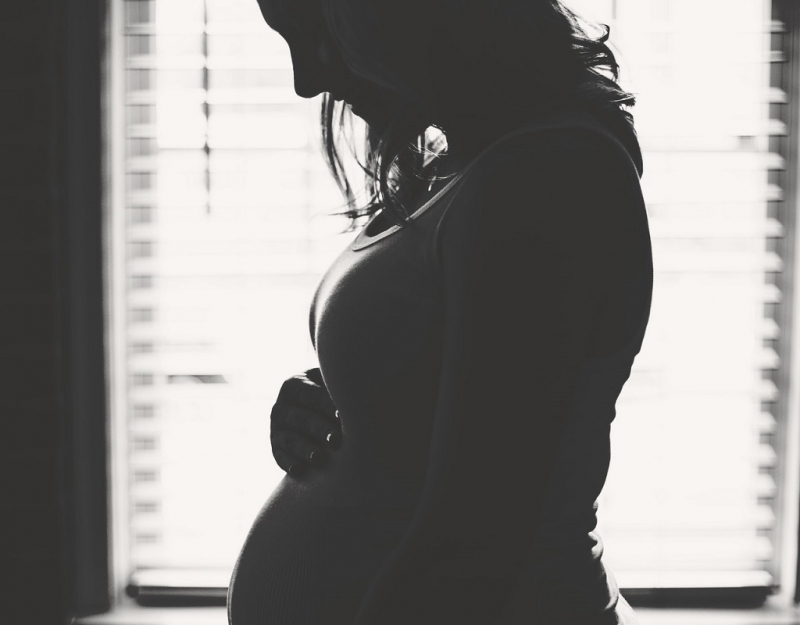A placental abruption (also called an ‘accidental haemorrhage’) is a rare complication (about 0.5% of pregnancies) that happens when the placenta lifts off the wall of the uterus, usually in the middle of the placenta. This allows blood to pool and clot behind the placenta, between the placenta and the wall of the uterus (called a ‘retroplacental clot’).
The signs of a placental abruption in labour usually include:
- The contractions stopping abruptly.
- The baby’s heart rate dropping abnormally low, and/or
- Severe, constant abdominal pain or back pain that may be associated with some vaginal bleeding.
Because much of the blood accumulates behind the placenta, the amount of blood that can be noticed coming away from the vagina may not be that much. If you, or your caregivers, feel the uterus, it is often very tender, or painful to touch.
Placental abruption can also happen during the pregnancy, and is explained in more depth in bleeding during late pregnancy.
How is it managed?
The size of the blood clot with a placental abruption will often determine how serious the condition is. If the clot is a large, and the woman and / or baby are at risk, then an emergency Caesarean is usually the only alternative.
The following would be done as part of the woman’s care:
- Lying the mother on her left side, to maximise the blood flow to the baby, and the woman’s internal organs.
- Oxygen therapy for the woman, to increase the oxygen supply to herself and her baby.
- An intravenous (IV) drip, to give fluids to the woman through the vein. Sometimes a blood transfusion is required and at times platelets are given.
- A narcotic injection (such as Pethidine), may be given to the woman, if the pain is intense from the abruption.
- CTG monitoring of the baby’s heartbeat to assess the wellbeing of the baby.
- Rupturing the membranes. This can release the pressure, but also aggravate the bleeding. This procedure may be done in the operating theatre, so a Caesarean can be done quickly.
- A general anaesthetic may be needed for the Caesarean, (to avoid a further drop in the blood pressure that may happen with an epidural) and also allowing the caregiver to be able to do the operation quickly.
The baby may need to go to the intensive care nursery after the birth. This will depend on how distressed the baby was and if the baby lost any blood, or needed extensive resuscitation at birth.







Leave A Comment
You must be logged in to post a comment.